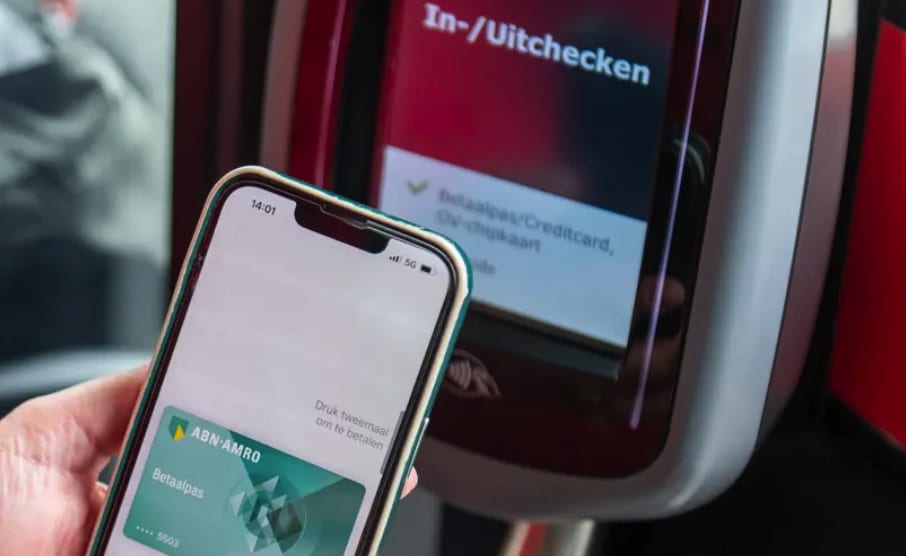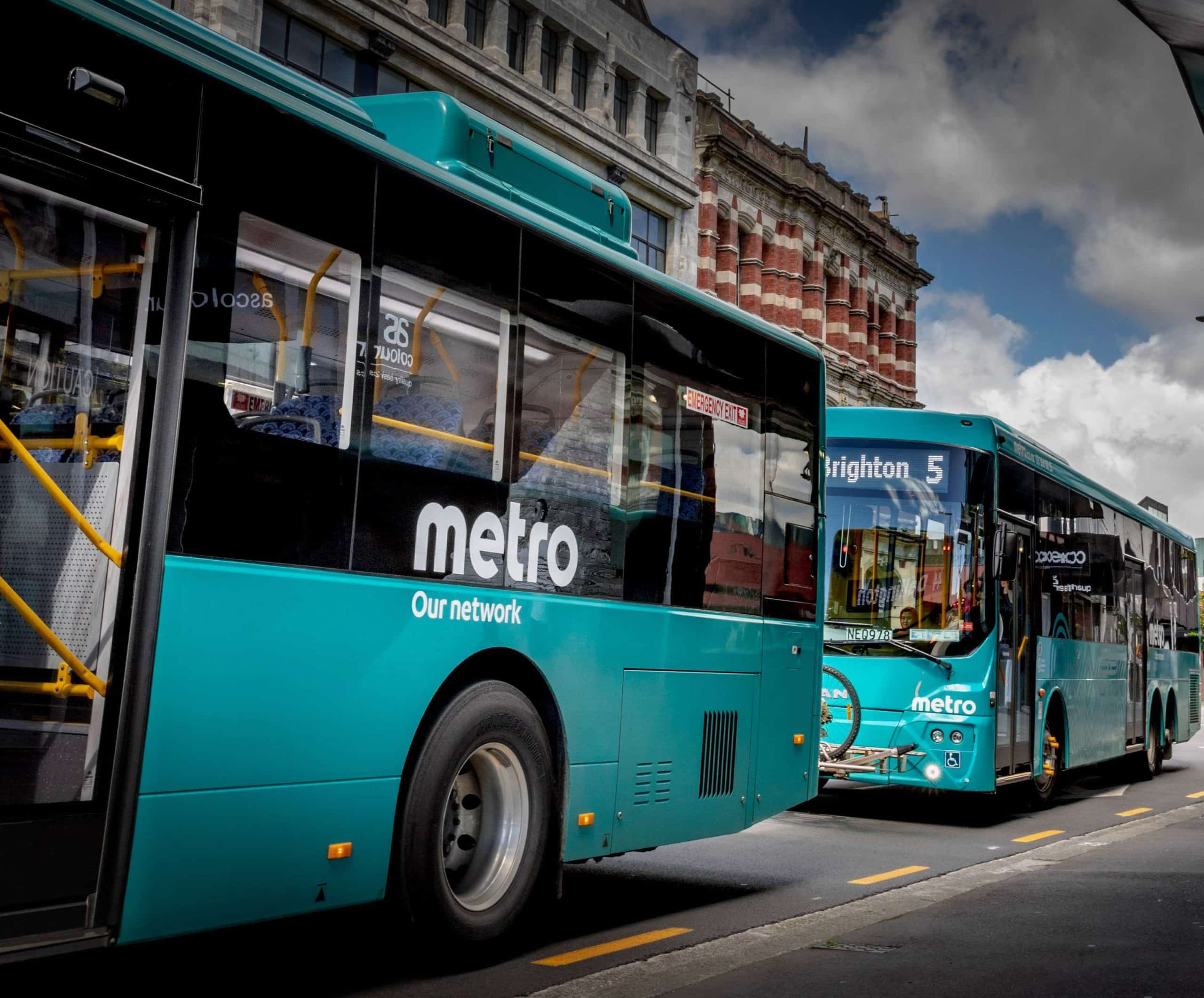
Article Highlights
The state of California seeks to use its contracting clout to line up vendors for transit agencies–especially small ones–to move to an interoperable system of open-loop fare payments. Officials, hoping to encourage more use of public transit in the massive state, also want to find alternatives for California’s large population of unbanked and underbanked individuals.
Table: Confusing mix of fare alternatives for Los Angeles and Orange County transit agencies
As the California Department of Transportation, or Caltrans, sees it, the state’s more than 300 local transit agencies offer a fragmented and inefficient mix of fare collection systems–a fact it says discourages many potential riders among the state’s nearly 40 million residents from taking public transit.




















